Hyderabad is known as the Pearl City, a blend of the modern and the historical that is unmatched anywhere else in the world. The history stretches back 400 years while the city has a metropolitan status and it promises to provide every visitor with a unique experience. Historical monuments mingle with shopping, entertainment parks, and restaurants with some of the best cuisines in the world and is well worth at least one visit in your lifetime.
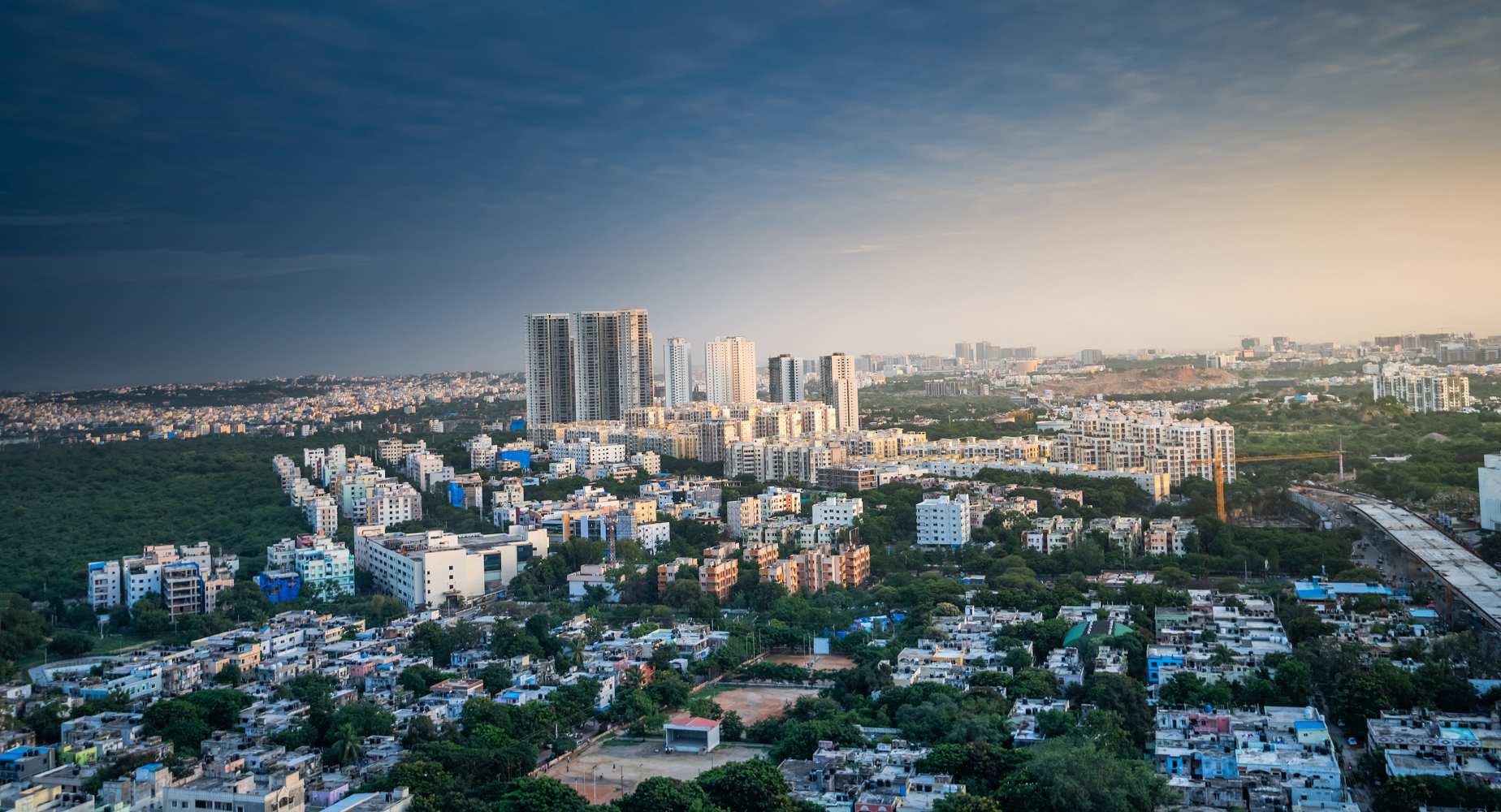
Hyderabad was first established in 1591 CE on the banks of the Musi River and is well noted for a culture that traces back to the Asaf Jahir rulers, patrons of culture, jewellery, architecture, art, literature and rich cuisine. The city is divided into the historic Old City on the south side of the river and the modern New City on the northern banks. The Old City is a maze of alleyways that expand from the first of our tourist spots for you to visit in Hyderabad.
- Charminar
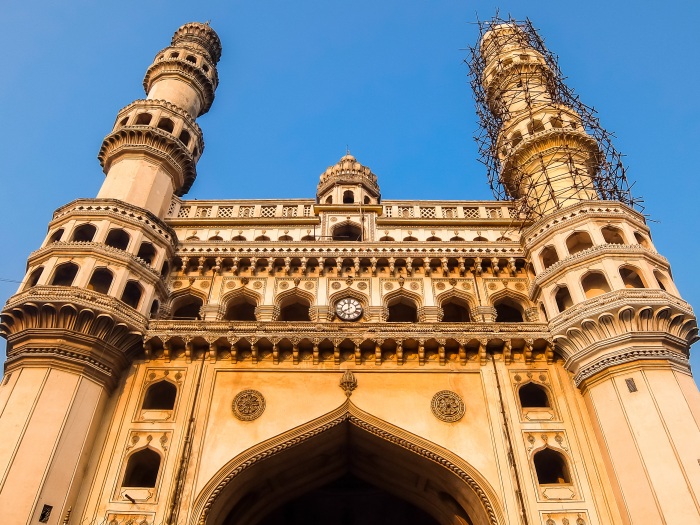
The Charminar of Hyderabad is found in the Old City. It is a square structure, 56 m high and 30 m wide. It was constructed in 1591 by the Sultan Mohammed Quli Qutb and is said to be in honor of Bhagmati, his wife. The Charminar is sometimes called the Arc de Triomphe of the East. Each corner is adorned by a tower, each 48.7 m high and with four storeys. There are no less than 45 remaining prayer spaces which are well attended, especially on Fridays and one of the best times to see the Charminar is in the evenings when it is lit up. It is currently on a list of sites being considered for UNESCO World Heritage status.
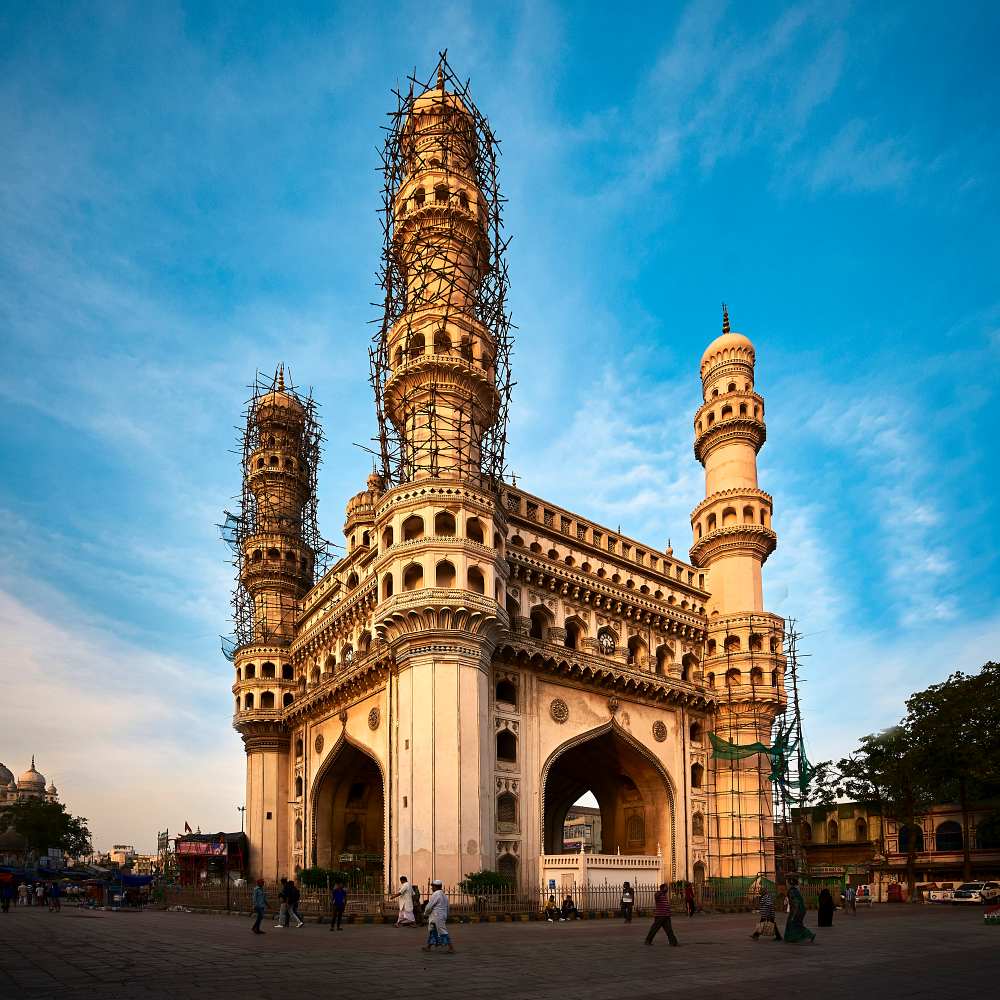
- Golconda Fort
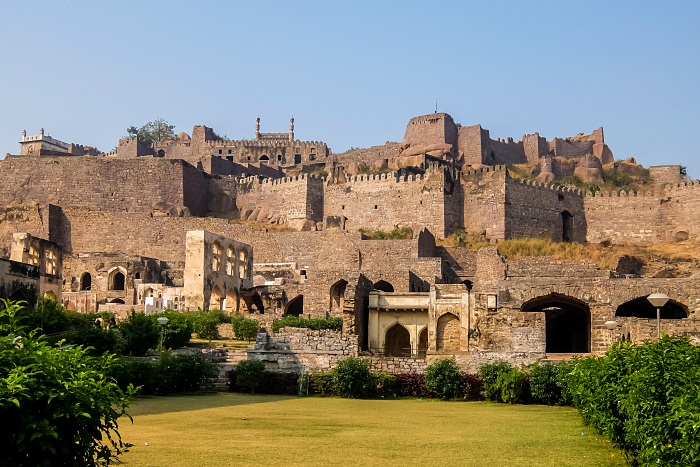
Golconda Fort stands 11 km away from Hyderabad and covers around 3 square kilometers. It is one of the largest forts in India and was built by Qutub Shahi Kings. The fort walls stand 15 to 18 feet tall and the parameter covers 11 km. Golconda Fort is an impressive sight to see, with 87 bastions and 8 gates. Inside, you will see great halls, stables, mounted cannons and drawbridges, along with stunning architecture. You can see the water supply system, the Ramdas’ prison with its carvings of Hindu Deity and the Rahban cannon. The outer edge of the fort is called Fateh Darwaza, translating literally to Victory Gate, and is a fantastic example of engineering. At night, the fort is brought to life with a light and sound show that details points in history that chart that rise and fall of the fort.

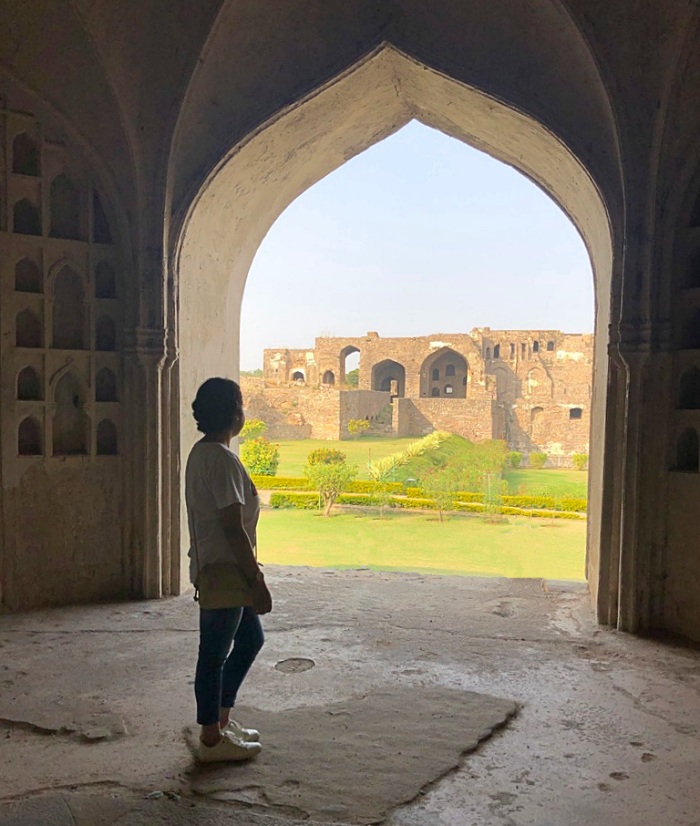
- Ramoji Film City
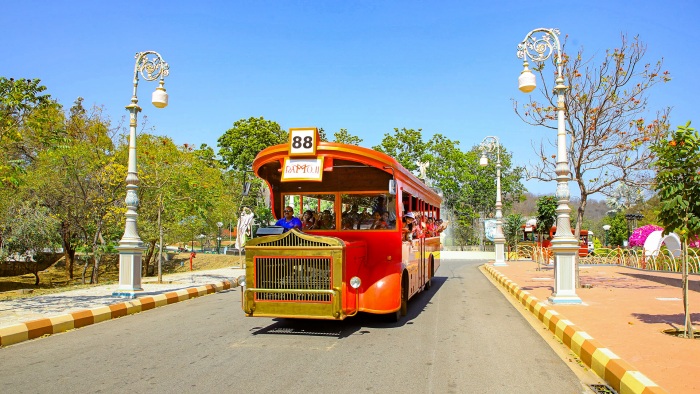
Ramoji Film City was set up in 1996 by Ramoji Rao of the Ramoji Group. It is one of the largest film studios in the world with the capacity for 50 film units at any given time and has a place in the Guinness Book of World Records as the largest Film Studio Complex in the world. Millions of visitors come to Ramoji Film City every year to go on film tours, take part in adventure sports, and take a toy train ride to one of a number of gardens. You can take a stroll through film sets, small renditions of famous monuments, such as the Amer Palace and fill an entire day just taking in the sights and the sounds of a film studio that covers 2500 acres.
- Nagarjuna Sagar Dam
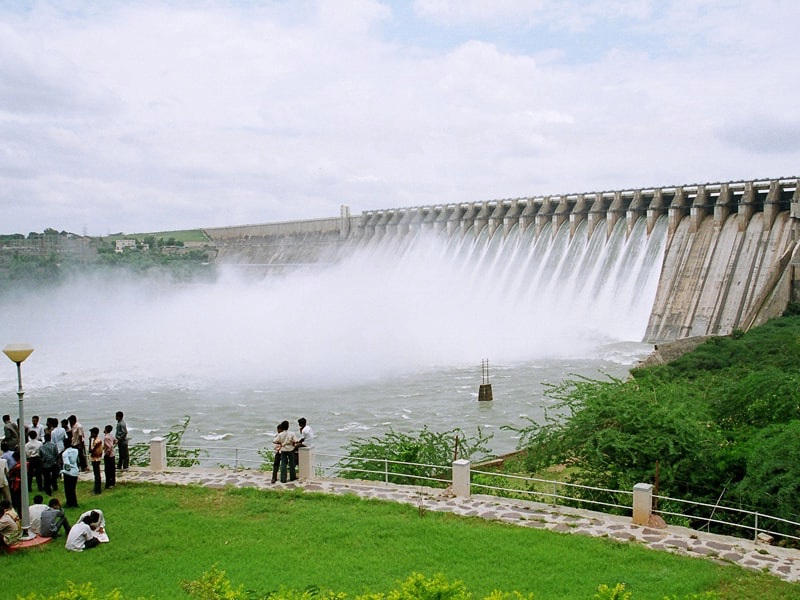
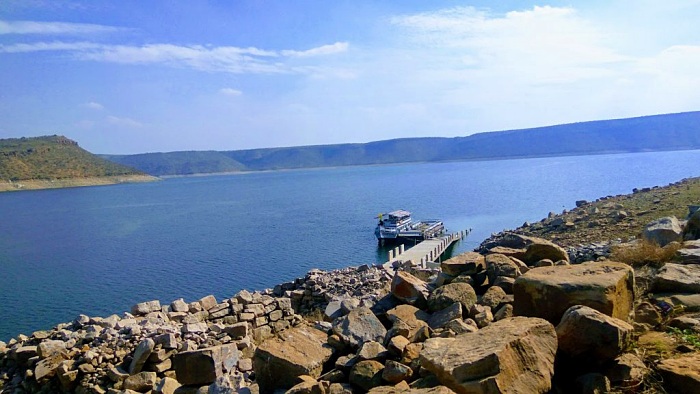
Situated between Hyderabad and Guntur in Andhra Pradesh is one of the earliest examples of a dam in India. Nagarjuna is one of the biggest dams in the country and is also the second biggest dam in the world. It is constructed entirely out of rock and has no less than 26 gates, each standing 14 m tall and 13 m wide. Nagarjuna Dam has a capacity of almost 11 ½ million cubic meters of water and can irrigate 10 acres of land. The dam is 16 km long and 150 m tall and is one of the biggest tourist attractions in the area. Today, it not only offers an irrigation facility, it is a huge source for hydro-electricity. Other attractions include Nagarjuna Konda, which is a small island in the center of the reservoir, a Buddhist museum and plenty of Buddhist relics and excavations.
- Chilkur Balaji Temple
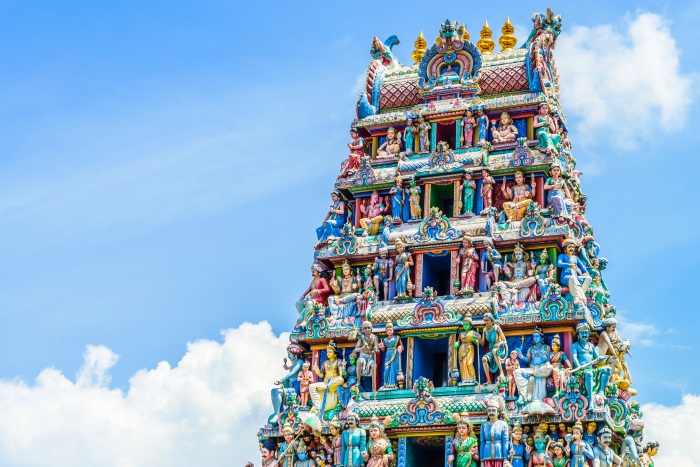
The Chilkur Balaji Temple can be found in a small village about 30 km outside of Hyderabad and it serves as one of the favorite spots for pilgrims. Built on the banks of the Osman Sagar Lake, the presiding deity is Lord Balaji Venkateshwara, accompanied by Bhoodevi and Sridevi. The temple is home to Visa Balaji, the Visa God who offers faith and hope to those who have ambitions of getting a US visa. In fact, many believe that visiting the temple will automatically mean they are granted that visa. This belief comes from a few students whose applications were rejected, who chose to pray at the temple, to find their applications were then accepted. The steps include a prayer and 3 rounds of Pradakshina; if the visa is granted, a further 108 rounds of Pradakshina is required.
Chilkur Balaji Temple is the oldest in Telangana and is thought to have been constructed around half a million years ago, during the time of Madonna and Akkanna. The architecture is wonderful to see and remains the only Indian temple to have averted government control. It also will not accept monetary donations from devotees, of which between 75,000 and 100,000 visit weekly.
- Chowmahalla Palace
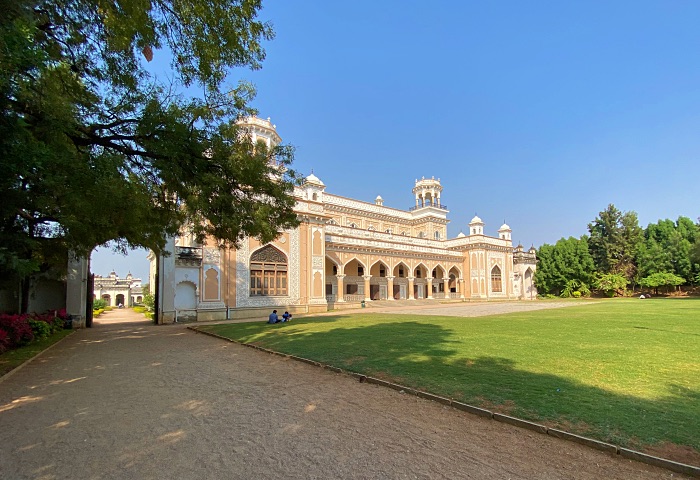
The Chowmahalla Palace was built in between 1857 and 1869 and was the Seat of the Asaf Jahi Dynasty. During their reign, it was the official residence of the Nizams who used to entertain guests and carry out ceremonies in the edifice of the palace. The design of the palace is intricate, unique and elegant. It is still owned by an heir of the Nizams, Barkat Ali Khan Mukarram Jah and, in 2010, was awarded the UNESCO Asia Pacific Merit Award.
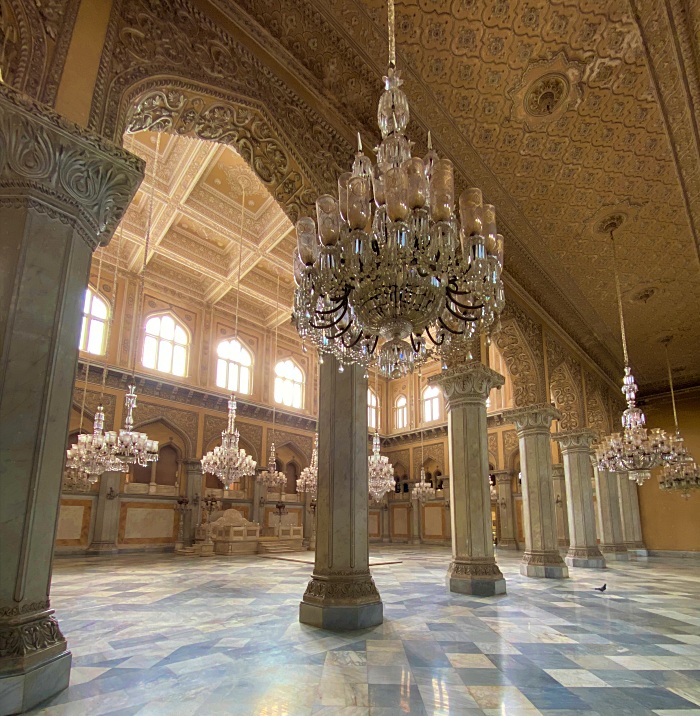
The architecture is well worth seeing, a façade of arches, windows, domes, and carvings. Fountains, gardens smaller palaces can be found throughout the complex, alongside the Council Hall, Roshan Bangla, and Clock Tower. The Durbar Hall, also called Grand Khilwat, is one of the outstanding features, with a fairytale courtyard for elegant dinner parties. Chowmahalla Palace has been fully restored to its former glory and is now open for tourists to visit and as a party location.